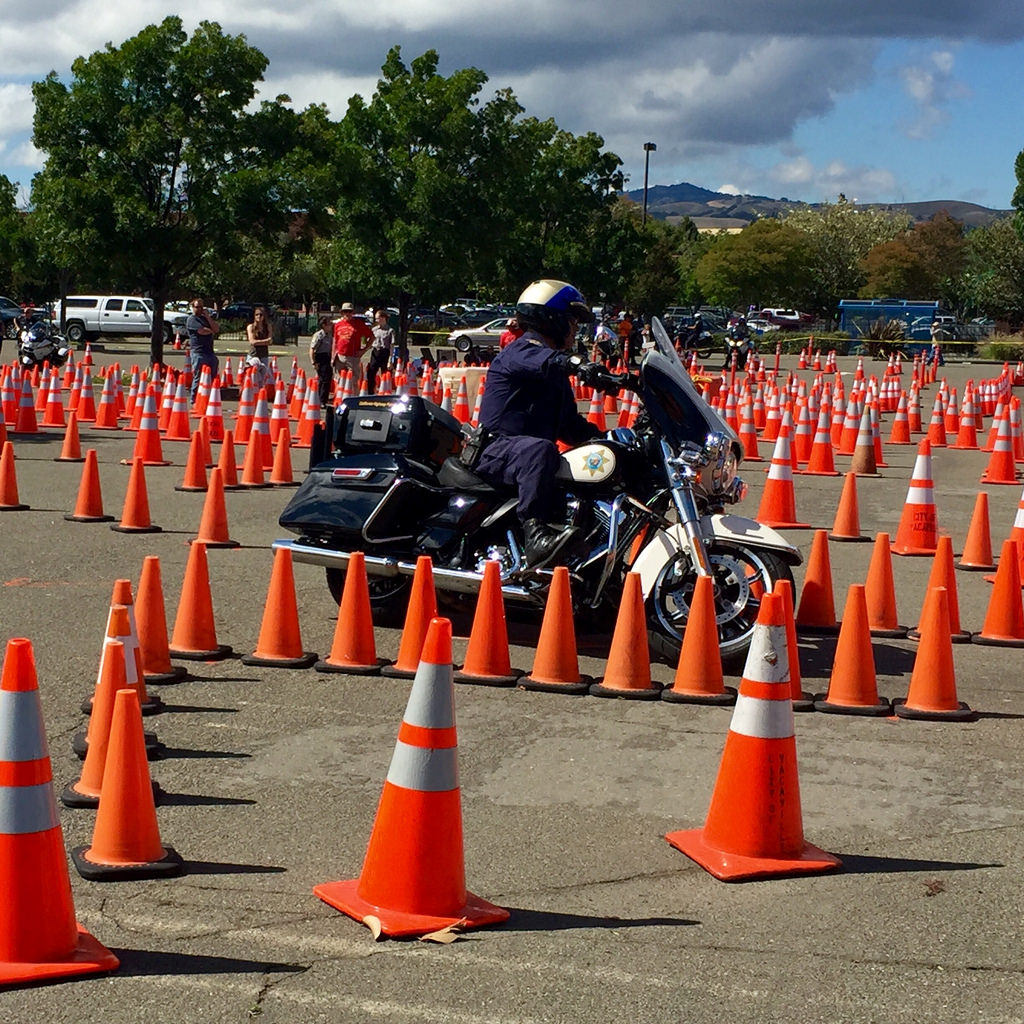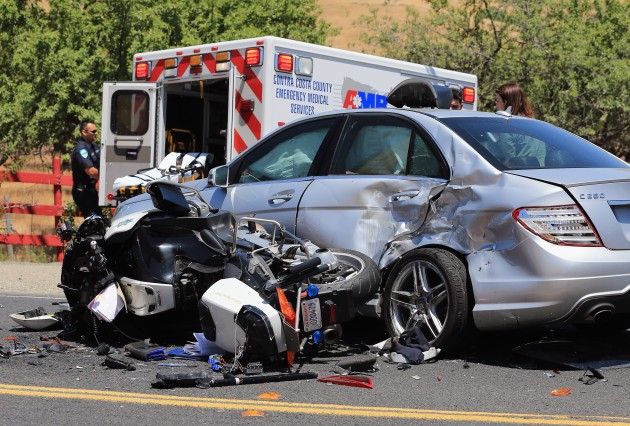Volvo Trucks Global is taking a step into the future with its new automatic braking system. The company has created a Collision Warning/Early Braking system for its trucks. This development, as detailed in Business Insider, is designed for trucks to brake automatically if they get too close to other vehicles in front of them. A sensor on the front “sees” the road ahead, and brakes the truck on its own, if it gets too close to the car in front of it.
When braking, an alarm sounds and a display light activates on the dashboard, anticipating the truck’s sudden stop. The truck’s back taillights flash like hazards when the automatic braking system is in use, alerting drivers behind the truck, so that drivers behind can avoid a rear end car crash. All this for a truck carrying 40 tons of cargo!
The primary goal of Volvo working to make automated features for semi-trucks is to increase auto safety. Hayder Wokil, Autonomous and Automated Driving Director for Volvo Trucks, said, “We are focused on solutions that can make difficult, repetitive and time-consuming tasks easier for all concerned.” The latest technological improvement will affect other drivers on the road, beyond just the truck drivers. In 2015, almost 64% of fatal crashes involving large trucks also involved two other vehicles, as found in an analysis by the Federal Motor Carrier Safety Administration (FMCSA). In other words, other drivers are at risk of injury or death from a semi-truck accident. Developments like automated truck brakes may improve the safety of truck crashes for all drivers.
Worldwide, companies like Volvo are using trucks to minimize harvest damage that human-operated trucks create, utilizing automatic garbage trucks, and enlisting self-driving delivery trucks to bring packages to people’s doorsteps. With so many possibilities for advancement, the automated truck industry will likely see rapid growth in the coming years. It will be exciting to watch consumer fears grow into fascination, as more and more automotive companies focus on turning even the biggest trucks on the road into a safer form of transportation in the near future.
Volvo's automatic braking system for semi-trucks will make stopping suddenly much easier for truck drivers, helping drivers behind them avoid rear end car accidents. If you or someone you know has been involved in a truck accident, contact The Michigan Law Firm, PC at 844.4MI.FIRM for a free consultation. Our skilled attorneys can tell you if you are eligible for any compensation under Michigan law.

































